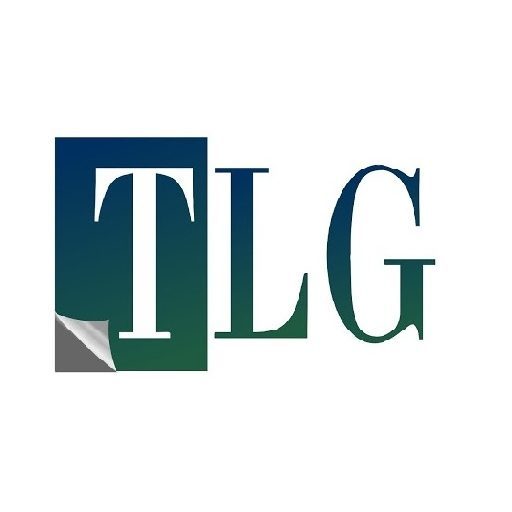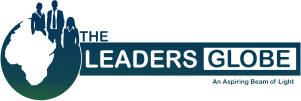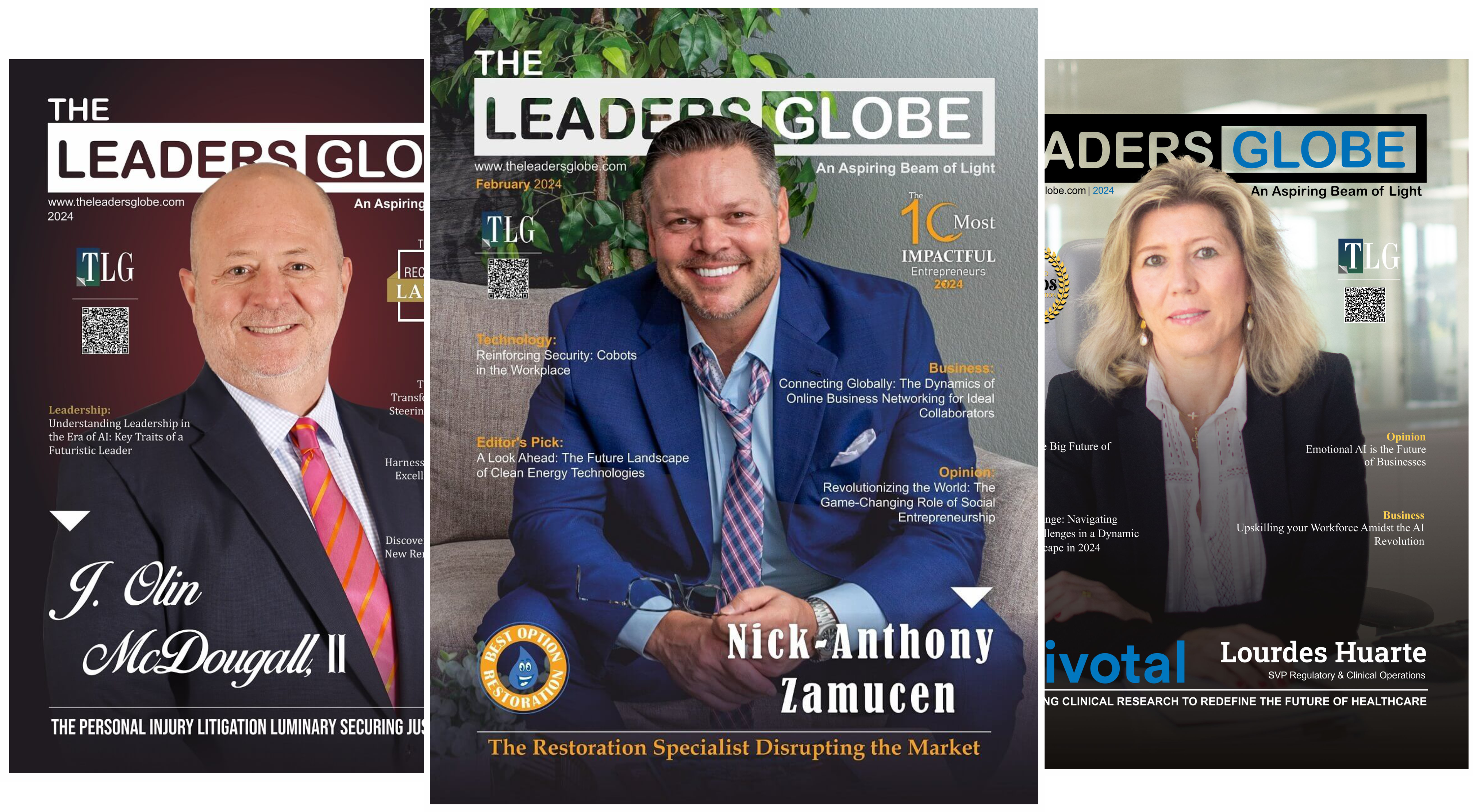What Is Nanotechnology?
Nanotechnology is manipulating the atomic or molecular level of matter to create or alter devices and products. It is a field whose potential is growing and becoming transformative to various sectors such as health, electronics, cosmetics, sports equipment, and textiles. Nanomaterials have unique physical and chemical features, leading to increased reactivity, strength, and conductivity, driving advancements in this field.
Nanotechnology in Healthcare
Transformative Potential:
Nanotechnology has enormous potential for healthcare since it operates on the nanoscale, which is the same as cellular processes. Nanotechnology significantly impacts the diagnosis, treatment, and prevention of diseases like diabetes, cancer, and Alzheimer’s.
Smart Pills and Nanorobots:
Smart pills and nanorobots are changing diagnostics of diseases. Misdiagnosis is one of the major causes of several thousand deaths annually. Diagnostics procedures are often expensive and turn out inaccurate. Nanotechnology has an answer with affordable and user-friendly diagnostics.
• Smart Pills: With nanoscale sensors, the pills can offer early disease diagnostics. For instance, PillCam has a tiny camera that inspects internal conditions by swallowing it, after which it wirelessly sends the data for continuous health monitoring.
• Nanorobots: The tiny robots can travel to different body areas, thus allowing them to target disease sites, capture images, and forward the relevant information for accurate diagnostics.
Precision Disease Treatment
Nanotechnology enables precise disease treatment via nanorobots, which deliver medication to cells under target. This minimizes the damage to healthy tissues. For instance, Arizona State University came up with origami nanorobot that targets tumour cells by cutting off their blood supply. Moreover, nanotechnology makes it possible to deliver consistent medication for chronic diseases. This improves the effectiveness of disease treatment.
Disease Prevention
Disease prevention is another crucial potential of nanotechnology. It gives solutions like infectious wounds and waterborne disease detection.
• Waterborne Disease Detection: The University of Arizona scientists developed a paper chip coated with nanoparticles for detecting norovirus in water quickly and cost-effectively.
• Smart Bandages: With the help of embedded nanoparticles, this bandage speeds up wound healing and prevents infections. They release antibiotics and promote blood clotting, offering efficient wound management.
Enhanced Drug Delivery Systems
Targeted Drug Delivery:
• Precision Treatment: Nanoparticles can carry drugs to specific cells or tissues, making the treatment more potent and reducing side effects.
• Example: The use of liposomes and dendrimers directs the drugs for affecting cancer cells particularly, making chemotherapy more efficient.
Controlled release of drug:
• Sustained Release: Drug delivery systems can be designed using nanotechnology, allowing the delivery of medication in a controlled period, for example, days or hours, resulting in a steady level of drug in the patient’s body.
• Advantages: It reduces the frequency of dosing, increasing the patient’s convenience and resulting in better treatment.
Imaging and Diagnostics
Improved Imaging Techniques:
• Enhanced Contrast agents: Nanoparticles can make imaging clearer and more precise. They can be used in imaging techniques like MRI, CT scans, and ultrasound, making the detection of disease more feasible.
• Example: Contrast agents made from gold nanoparticles make the imaging clearer and more precise.
Improved Diagnostics:
• Highly Sensitive diagnostic tools: Nanotechnology can be used to develop diagnostic tools that can detect diseases at an earlier stage than previously possible.
• Example: The use of quantum dots and nanosensors that can detect biomarkers of diseases, indicating early presence and allowing treatment at the earlier stage, hence giving better outcomes to the patient.
Nanomaterials: Risk vs Reward
Though nanotechnology has tremendous potential, there are huge challenges related to its scale-up in production, cost reduction, and safety and regulatory public trust. It is true that natural nanoparticles have been existing since ancient times, though health risks with the application of engineered nanomaterials persist, especially in the food industry.
The UK’s House of Lords’ Science and Technology Committee has also expressed concerns over the fact that nanoparticles are so small and mobile that they could easily penetrate cellular barriers and may cross organ walls. Their tendency to aggregate and the possibility of inadvertent chemical reactions make the safety evaluation of aggregated nanoparticles more complex.
Talent Insight
As the nanotechnology industry grows, the talent required for this field has also been increasing, with talent demand 6% higher this year than last. The highest number of professionals is in San Francisco, with more than 10,000 professionals currently employed. The majority of these professionals have found employment with Intel, ASML, Apple, Applied Materials, and Thermo Fisher Scientific.
This innovation of nanotechnology for healthcare will transform the methods of diagnosis, treatment, and prevention of diseases into a new phase of medical science. However, the scales with which the benefits are measured must also take into consideration the safety, the environmental impact, and the ethical aspects. With the development of research, this integration of nanotechnology with healthcare has to be innovative and responsible. The future of medical revolution with enhanced patient care is bullish with a surge in the demand for experts in this industry.




